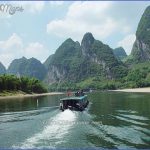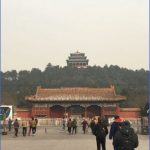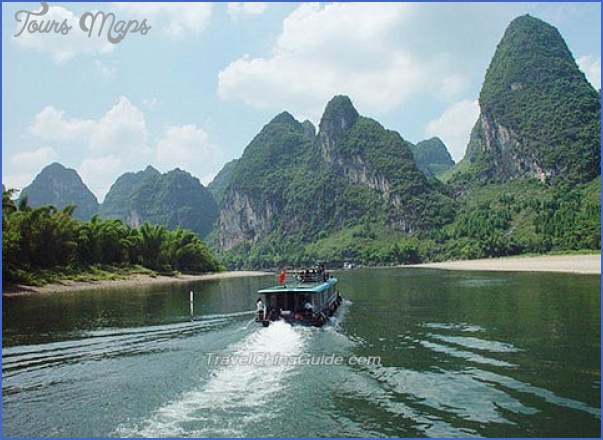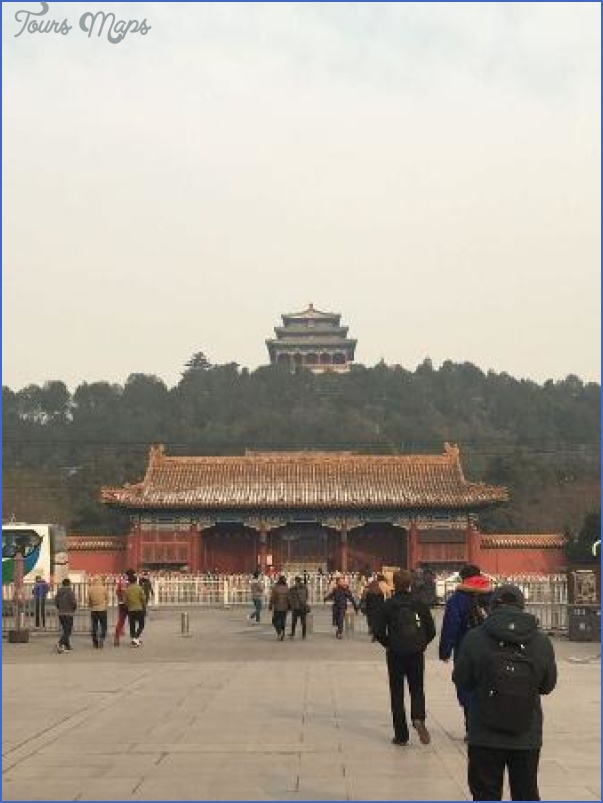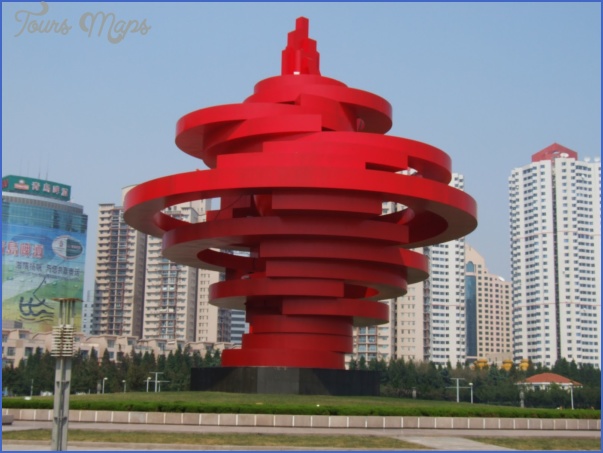Dragon Refuge Cave in the west of the park contains over one hundred inscriptions, ranging in date from the Northern Song period (960-1126) to the early 20th c.
Elephant Trunk Hill can be found on the west bank of the Lijiang river, in the south of the town. Its shape is reminiscent of an elephant dipping its trunk in the river. Legend says that an elephant which belonged to the Emperor of Heaven came down to earth to help the people in their work. This angered the Emperor of Heaven, who stabbed the elephant as it was drinking at the river’s edge and turned it to stone. The cave between the “body” and the “trunk” is of a particularly interesting shape and has inspired poets and writers old and newto engrave verses on its walls. The poems of Lo You, Fan Chengda and other poets of the Song dynasty (960-1279) are of inestimable literary and archaeological value. On the top of the hill stands the Puxian Ta Pagoda in the shape ofthe handle ofthe dagger with which the elephant was killed.
On the southern edge of the town towers South Creek Hiil, with its two symmetrical peaks. It is rich in caves and artistically inscribed rock-faces. The writings number 200 and date back to the Tang (618-907) and Song (960-1279) eras. On the north edge ofthe hill lies a park of the same name.
Reed Flute Cave, situated in a completely concealed spot on Guangming Hill, 6km/33/4 miles north-west of the town, is Guilin’s largest and most impressive cave. Its name is explained by the fact that reeds for making flutes and pipes have been grown in this region since ancient times. This dripstone cave is 240m/790ft deep, and visitors will walk for some 500m/550yd through a sea of stalactites and stalagmites, with the artifical lighting provided by floodlights and neon lamps emphasising the ever-changing shapes. One grotto, called The Crystal Palace of the Dragon King, will hold 1000 people; a pillar of stone represents the Dragon King’s magic wand. Over 70 wall-inscriptions from the Tang period (618-907) bear eloquent witness to the cave’s long history.
10km/6 miles south ofthe town, at the foot of Mount Dushan, will be found the cave known as Zengpi Yan, where traces of a Stone Age settlement were found in 1965. The finds-stone and bone tools, pottery, traces of fires and graves – can be seen in an exhibition hall.
Atrip along the Lijiang river is one ofthe high spots of a holiday in China. From Guilin to Yangshuo the river meanders its way through 83km/52 miles of beautiful countryside, with bamboo forests, dense reed-beds and incredibly bizarre rock formations.
Now and again the visitor will see a fishing boat glide by with two or more cormorants on board. Many fishermen use these birds to help them find fish. The journey will continue past Pierced Hill (Chuanshan), Clean Vase Hill (Jingpingchan), Embroidery Hill (Xiushan) and, at about the halfway point, Picture Hill (Huashan).
The local tourist office arranges trips on the river, with a guide, which last about five hours.
Where the boats moor in Yangshuo there is a pretty market offering arts and crafts for sale. Green Lotus Peak (Bilian Feng) outside Yangshuo is worth seeing. A few miles south of Yangshuo stands a mighty banyan tree which is hundreds of years old. 3km/2 miles from the tree is Moon Hill (Yueliangshan), the peak of which resembles a crescent-shaped crater.
Travel China guide Chinese calligraphy Photo Gallery
Maybe You Like Them Too
- The Best Cities To Visit in The World
- World’s 10 Best Places To Visit
- Coolest Countries in the World to Visit
- Travel to Santorini, Greece
- Map of Barbados – Holiday in Barbados

